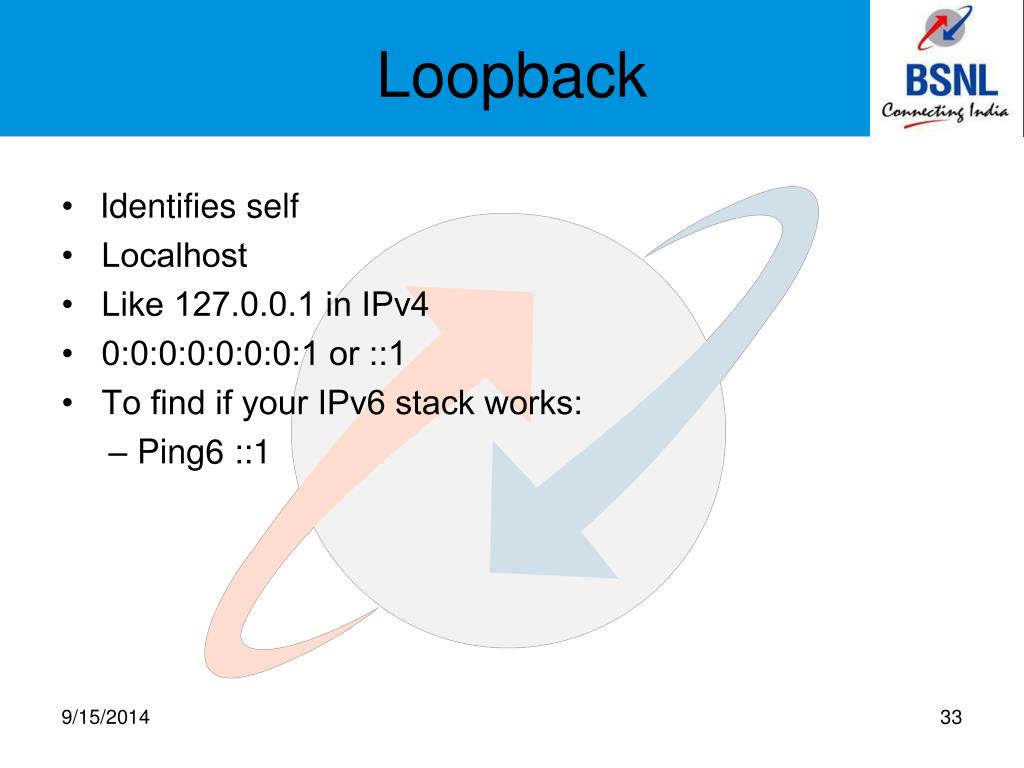

It is used by the broadcast name resolution method in Windows NT.Īn IP address of 0.0.0.0 is used to refer to the network itself. This type of broadcast address is used in LANs, since a broadcast never crosses a router boundary. If 1s are used for the 16 bits of the hostid, they correspond to a decimal value of 255.255.Īnother type of broadcast, called the local broadcast, is specified by the value of 255.255.255.255. The network number 132.181 is a Class B address and has 16 bits in the hostid field. If the hostid value contains all 1s in the bit pattern, it indicates a directed broadcast address which is sent to all nodes in the network. The IP address of 132.181.0.0 indicates the Class B network 132.181. An IP address with a hostid value of 0 indicates the network itself.

Although any address of the type 127.x.x.x indicates a loopback address, Windows NT servers use the IP address 127.0.0.1.Ī hostid value of 0 or all 1s is never assigned to an individual TCP/IP node. Any packet sent by a TCP/IP application to an IP address of the form 127.x.x.x, where 0 < x < 255 results in the packet returning to the application without reaching the network, i.e., the packet is copied from transmit to receive buffer on the same machine.
Ipv6 loopback address software#
This number is reserved for the software loopback address. From the table above the number 127, which should be in the Class A range of values, is missing. This can be used for diagnostic purposes to verify that the internal path through the TCP/IP protocols is working. Packets sent to this address never reach the network but are looped through the network interface card only. The IP address 127.0.0.1 is called a loopback address. Ray Hunt, in Encyclopedia of Information Systems, 2003 III.C Loopback and Reserved IP Addresses 4Ī few key points to remember about defining the RID using the loopback address: In other words, loopback 1 is not automatically preferred to loopback 0. In other words, it is the IP address on the loopback interface that breaks ties, not the number of the loopback interfaces. If more than one loopback address is defined, the internetwork operating system (IOS) will select the numerically highest IP address configured on a loopback interface. The most common stable source is the IP address set on loopback 0. There are several potential sources for the RID. Once the router-wide data structures are built, it is then necessary to define the networks that the router will advertise and the area numbers into which these networks will be advertised. Luigi DiGrande, in Cisco CCNA/CCENT Exam 640-802, 640-822, 640-816 Preparation Kit, 2009 Configuring the Loopback Addressįor any OSPF process to initialize, it must be able to define an RID for the entire OSPF process. The address block fc00::/7 has been reserved to use for unique local addresses.ĭale Liu. Using unique local addresses can help prevent external systems from having direct access to your internal systems. They are not routable on the global Internet. These addresses can only be used within a specified organization.

They are similar to “private” IPv4 addresses. Unique local addresses are a set of addresses that are intended for use in internal networks. So, during a normal startup process, an IPv6 system will obtain a link-local address before it receives a regular, routable IP address. IPv6 system must have a link-local address in order for some of internal protocol functions to work properly. In IPv6 link-local addresses may be assigned by the stateless address autoconfiguration process. The bottom 64 bits used for the address are random. In IPv6, the address block fe80::/64 has been reserved for link-local addresses. Link-local addresses allow you to have network connectivity until another more suitable address can be obtained. These addresses were used by the DHCP autoconfiguration service on a system when a DHCP address could not be obtained.

They existed in the address block 169.254.0.0/16. Link-local addresses also existed in IPv4. Routers will not route link-local addresses. Link-local addresses are intended to only be used on a single network segment or subnet. The loopback address in IPv4 is 127.0.01. It is an internal address that routes back to the local system. The loopback address, also called localhost, is probably familiar to you. We will cover the loopback address, link-local addresses, and unique local addresses. These addresses or groups of addresses serve very specific function. There are several special addresses in IPv6. Derrick Rountree, in Windows 2012 Server Network Security, 2013 IPv6 Special Addresses


 0 kommentar(er)
0 kommentar(er)
